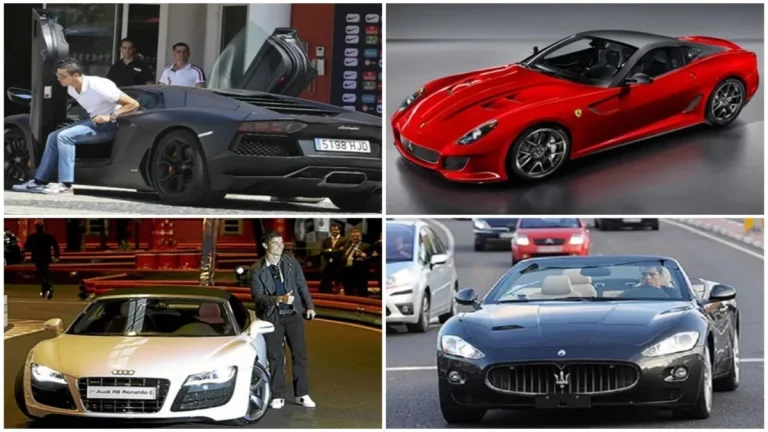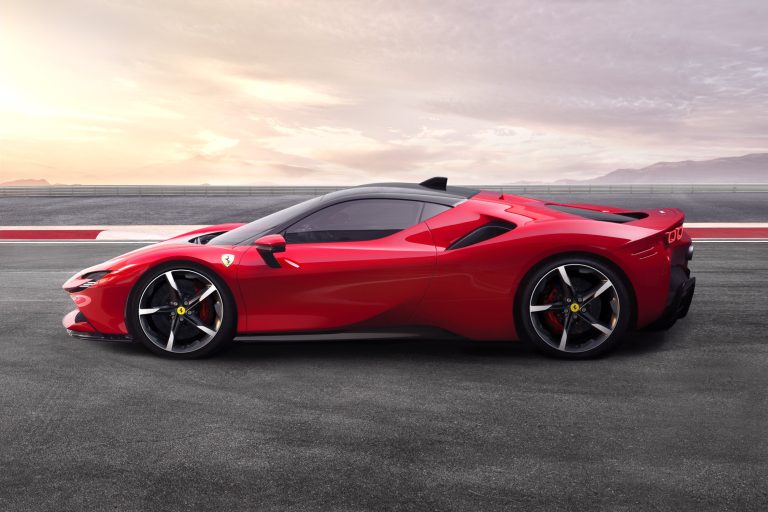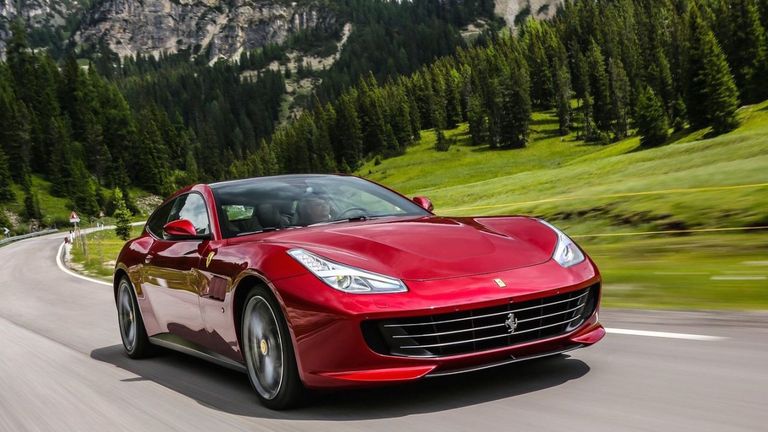Who Owns Buggati?
Bugatti, a name synonymous with luxury and unrivaled engineering, has always piqued interest not only for its iconic cars but also for who holds the keys to its legacy. Ownership of this prestigious brand has shifted over the years, reflecting strategic partnerships that hint at its future direction in the automotive industry. In this post, we will see the current ownership of Bugatti, share the implications of its latest corporate alignment, and what it means for the future of high-performance vehicles.
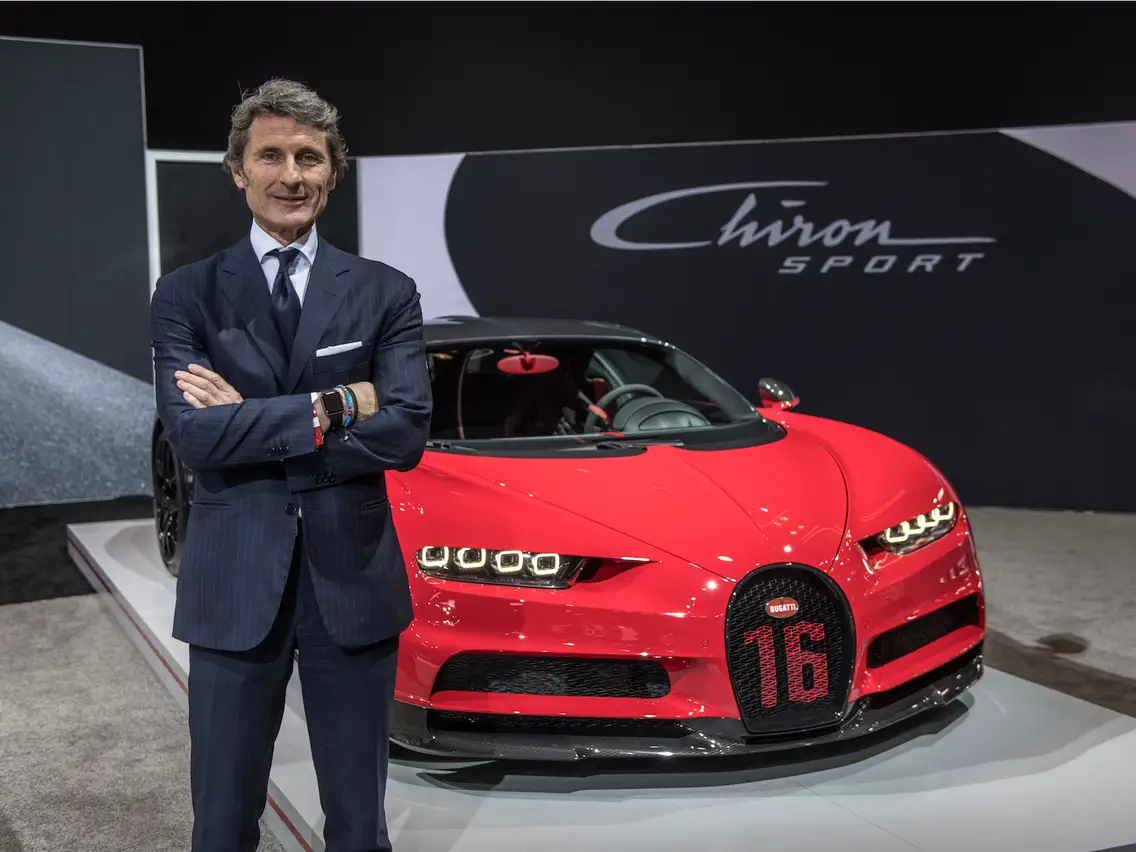
Who Owns Buggati?
Bugatti, the storied luxury car manufacturer known for its powerful and exquisitely crafted automobiles, has undergone significant ownership changes over the years. As of 2024, the ownership structure of Bugatti has shifted to reflect a strategic collaboration aimed at pushing the boundaries of automotive technology and luxury. The current owner of Bugatti is the Rimac Group, which holds a majority stake of 55% in the newly established company, Bugatti Rimac. This joint venture marries Rimac’s groundbreaking electric vehicle technology with Bugatti’s legendary prowess in high-performance and ultra-luxury automotive engineering.
Rimac Automobili, founded by Mate Rimac in 2009, has rapidly evolved into a leader in electric vehicle technology, particularly known for its high-performance electric sports cars and innovation in battery technology. The collaboration with Bugatti aims to leverage Rimac’s cutting-edge capabilities in electrification to enhance Bugatti’s traditional offerings, ensuring the brand remains at the forefront of the evolving automotive landscape.
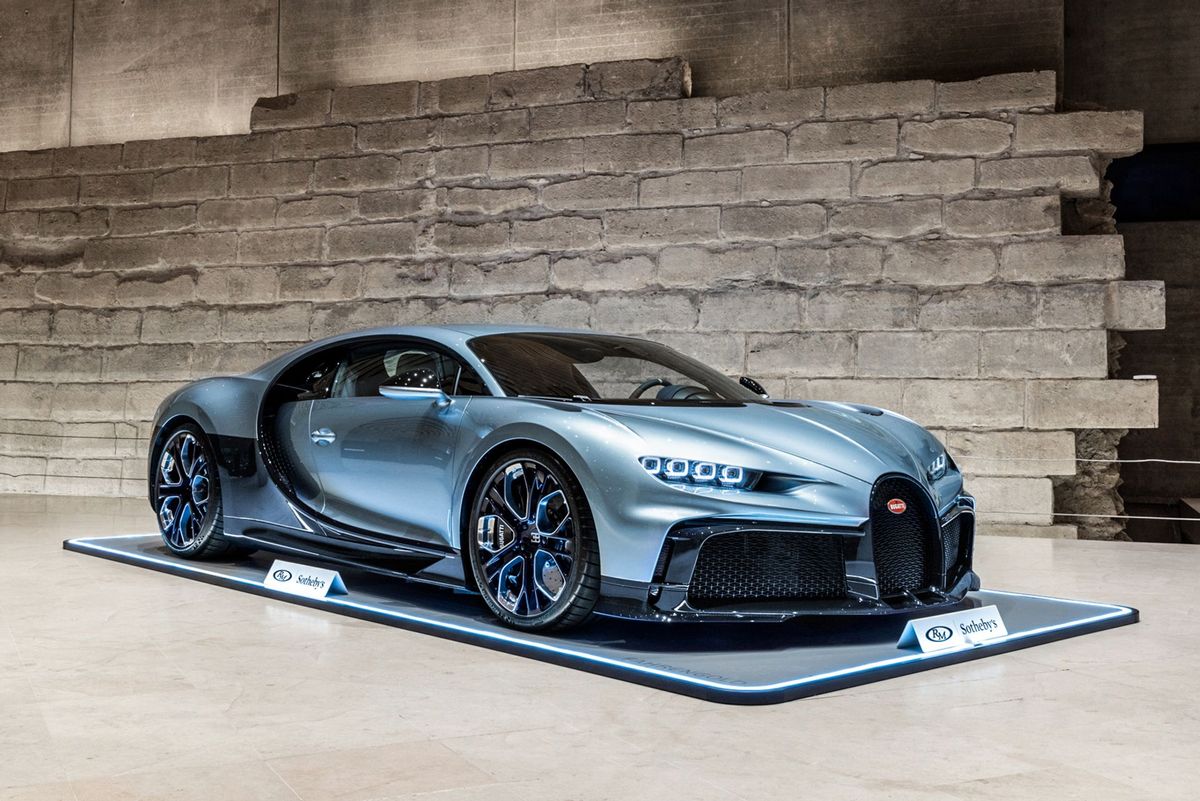
Porsche AG also plays a significant role in this joint venture, owning the remaining 45% stake. Porsche’s involvement is strategic, providing not only investment but also technology sharing that benefits all parties involved. Porsche itself is a subsidiary of Volkswagen AG, which had previously owned Bugatti before this new venture.
This partnership marks a significant milestone in the automotive industry, indicating a strong shift towards electrification and sustainable mobility even among luxury and high-performance car manufacturers. It allows Bugatti to innovate within the new realms of electric mobility while continuing to deliver the extraordinary engineering, speed, and luxury that its clientele expects.
History of Bugatti
The history of Bugatti is a fascinating one, marked by innovation, artistic design, and a relentless pursuit of performance. Here’s a closer look at its key milestones:
Early Years (1909-1947):
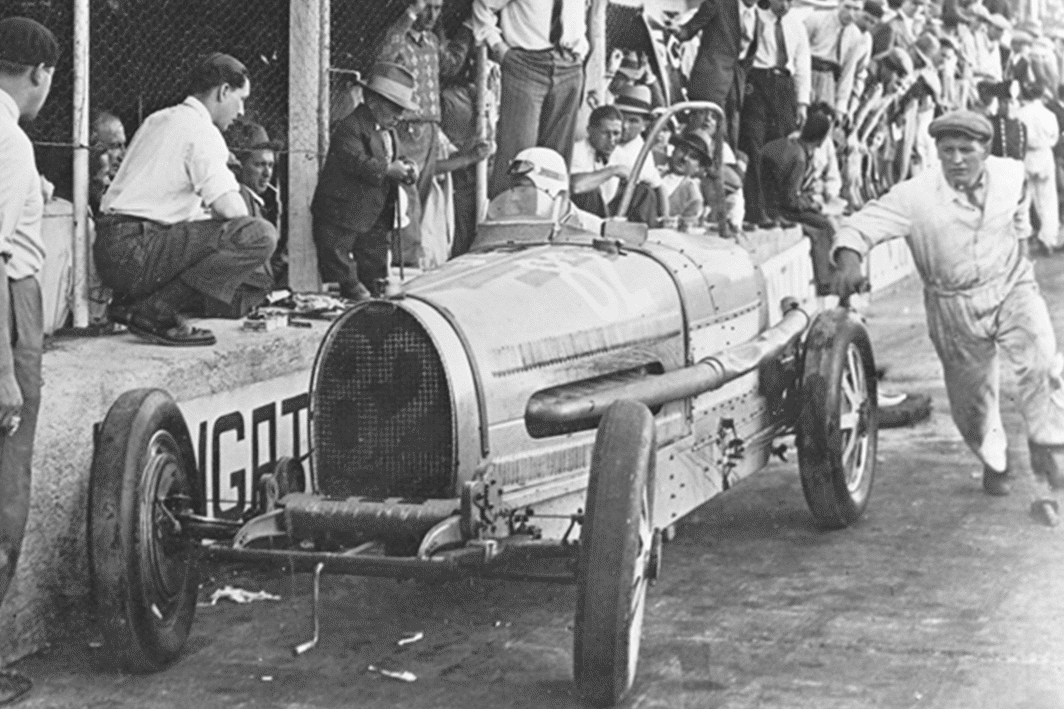
- 1909: Founded by Ettore Bugatti, an Italian-born industrial designer, in Molsheim, Alsace (then part of Germany).
- 1910: The Type 13, a lightweight and powerful racing car, is introduced, marking the beginning of Bugatti’s racing success.
- 1920s: Bugatti dominates Grand Prix racing with numerous victories, establishing its reputation for engineering excellence.
- 1930s: The iconic Type 57 series is launched, featuring luxurious models like the Atlantic and the Atalante.
- 1947: Ettore Bugatti passes away, leaving behind a legacy of innovation and craftsmanship.
Post-War Era (1947-1998):
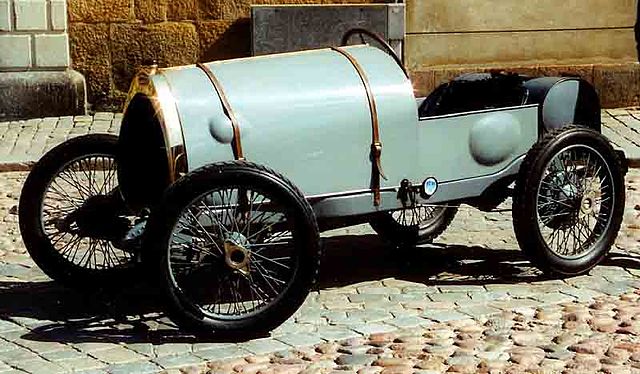
- 1952: The company faces financial difficulties and production ceases.
- 1960s: Bugatti briefly returns under the leadership of Ettore’s son, Roland, but production is limited.
- 1987: Italian businessman Romano Artioli acquires the Bugatti name and launches Bugatti SpA in Italy, producing the EB 110 and EB 112 supercars.
Modern Era (1998-Present):
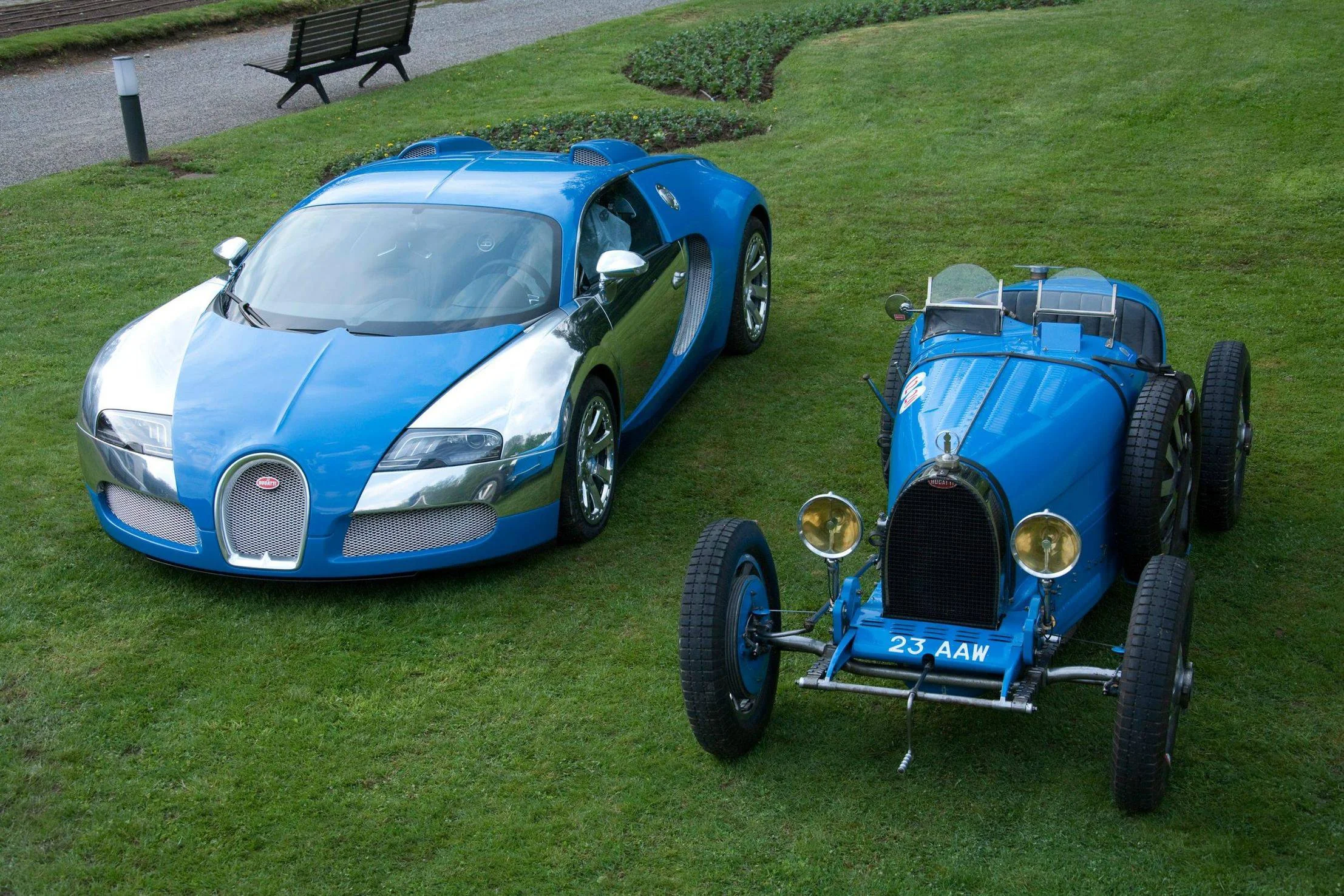
- 1998: Volkswagen Group acquires Bugatti and establishes Bugatti Automobiles S.A.S.
- 2005: The Veyron 16.4 is unveiled, marking a significant comeback for the brand with its groundbreaking 1,000-horsepower engine.
- 2016: The Chiron succeeds the Veyron, pushing the boundaries of performance and luxury even further.
- 2021: Bugatti Rimac is formed, a joint venture between Rimac Group and Porsche AG, marking a new chapter for the brand with a focus on future technologies.
Bugatti Automobiles Ownership Transition
The ownership transition of Bugatti Automobiles in 2021 was a significant event in the automotive world, marking a new chapter for the iconic brand. Here’s a breakdown of the key factors involved:
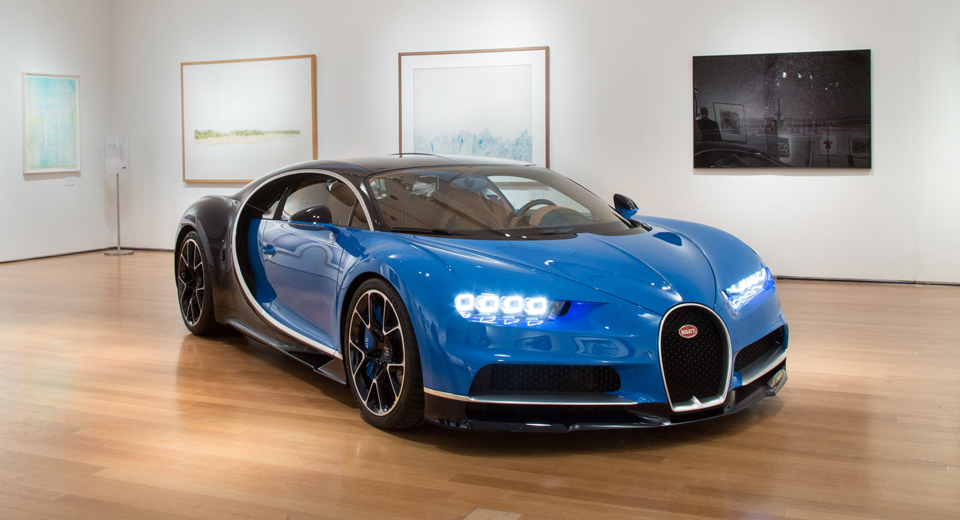
Volkswagen’s Decision to Sell:
- Financial Considerations: Despite the prestige associated with Bugatti, the brand faced financial challenges due to its low production volume and high development costs.
- Shifting Priorities: Volkswagen, as a large automotive group, was increasingly focusing on mainstream electric vehicles and mobility solutions, making Bugatti a less strategic fit within its portfolio.
- Desire for a New Direction: Volkswagen recognized the potential for Bugatti to thrive under new ownership, potentially with a focus on incorporating electric technology.
Rimac Group’s Acquisition:
- Expertise in Electric Hypercars: Rimac Group, led by the visionary Mate Rimac, had established itself as a leader in the electric hypercar segment with its innovative Rimac Nevera model.
- Shared Values: Both Rimac and Bugatti are known for their dedication to pushing the boundaries of performance and technology, making them a natural fit.
- Vision for the Future: The acquisition presented an opportunity for Bugatti to leverage Rimac’s expertise in electric powertrains and create a new generation of high-performance, sustainable hypercars.
Formation of Bugatti Rimac:
- Joint Venture Structure: The partnership between Rimac Group and Porsche AG resulted in the formation of Bugatti Rimac, a joint venture company.
- Rimac Group’s Majority Stake: Rimac holds the majority stake (55%) in the joint venture, giving them significant control over the direction of the brand.
- Porsche’s Strategic Investment: Porsche’s 45% stake provides Bugatti Rimac with access to Porsche’s vast resources and expertise in engineering and manufacturing.
Frequently Asked Questions
Who currently owns Bugatti?
As of 2021, following a transaction, Volkswagen Group holds a 45% stake in Bugatti, while the Rimac Group holds 55%. The deal resulted in a joint venture between the two called Bugatti Rimac.
Who are some prominent collectors of Bugatti cars?
Some renowned Bugatti collectors are fashion designer Ralph Lauren and Peter Mullins of the Mullin Museum. A Bugatti has reportedly traded in their collections in the 40-million-dollar range.
What nationality company is Bugatti?
While its founder, Ettore Bugatti, was Italian, Bugatti was established in 1909 in the then-German region of Molsheim, which is now part of France. Still today, Bugatti operates in France.
Does Jay Leno own a Bugatti?
Yes, renowned comedian and car collector Jay Leno owns a “replica” Bugatti Type 57 SC Atlantic, which is one of the highlights of his extensive car collection.

Hi! I’m Larry Gibbs, studying mechanical engineering with a focus on cars. I really love Ferraris and write blog posts about the latest car stuff. When not studying or blogging, I’m usually on a road trip exploring new places. I also enjoy playing football and watching movies. Life’s an adventure, and I’m all about enjoying the ride!

